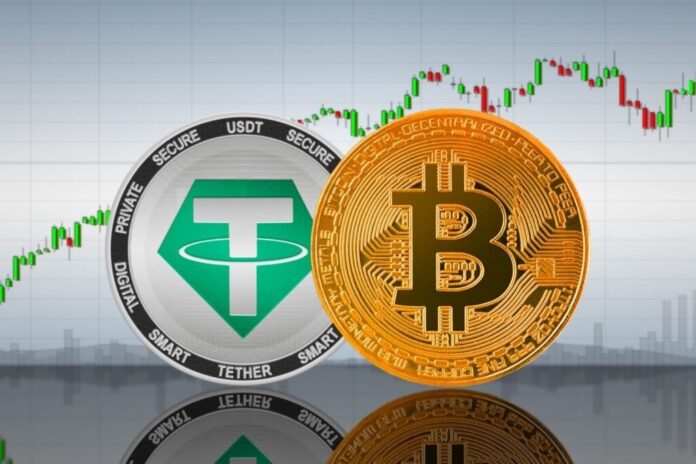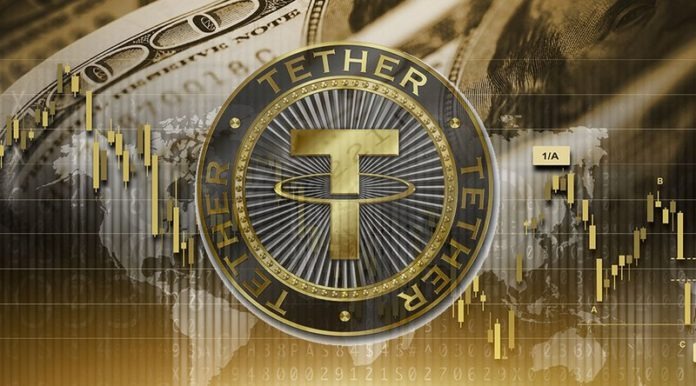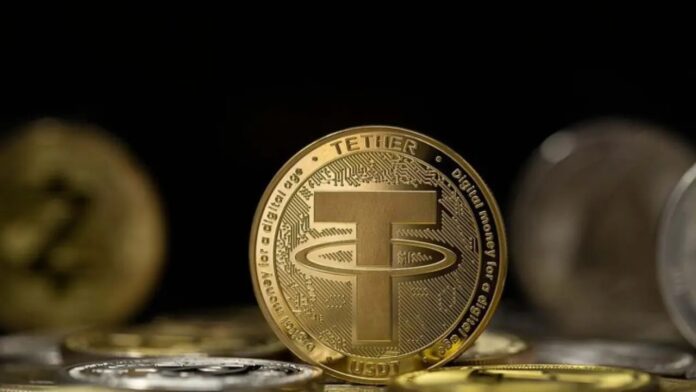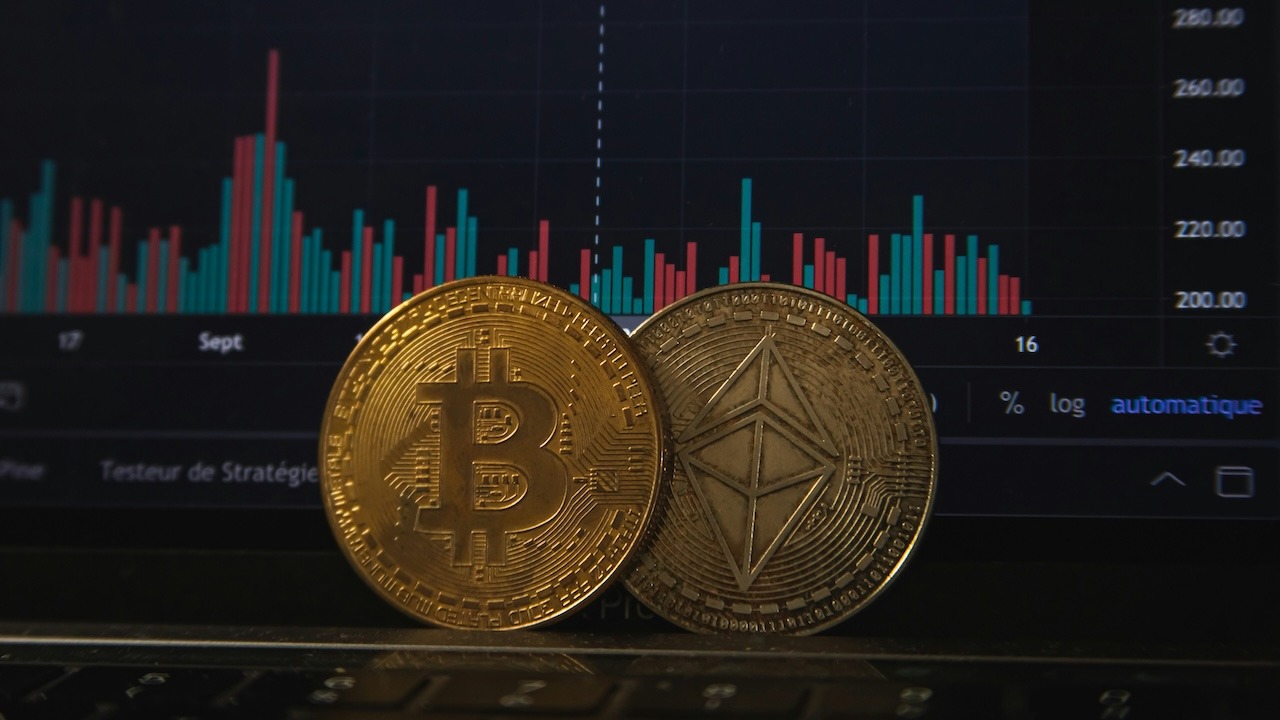Cryptocurrency is built on innovation, yet its tendency to be volatile brings investors seeking safe havens.
Can Tether (USDT) be a safe bet for investors who keep stability as a priority? As the largest stablecoin, Tether offers a 1:1 peg to USD, providing traders with a connection between digital and traditional finance, but controversies regarding its transparency, regulatory issues, and practical usage still remain.
In this article, Tether will be examined to determine how it fits into the world of cryptocurrencies, how it functions, and how it will suit your investing needs.
Understanding Tether (USDT): The Digital Proxy for Dollars

Tether (USDT) debuted in 2014 as an innovative stablecoin, which was meant to keep pace with the U.S. currency’s value.
Unlike risky assets such as Bitcoin, USDT seeks to bring price stability to users, thus becoming the trader’s choice for hedging money during volatile market conditions or for quick trades without having to leave the world of cryptocurrencies.
Its major applications involve:
- Being a bridge of liquidity between exchanges
- Enabling cross-border payments
- Being used as collateral for DeFi protocols
Nevertheless, Tether’s deceptively simple facade conceals intricacies. While it maintains that it holds reserves equal to its circulating supply, issues with transparent disclosures have created doubts.
Unindependent audits are sparse, and past fines—such as the $41 million fine in 2021 for deceptive reserve disclosures—are still echoed in investors’ minds.
How Does Tether Achieve Its Dollar Peg
Tether’s stability relies upon its reserve system. For each USDT minted, Tether Limited supposedly holds an equivalent amount of assets—cash, U.S. treasury bills, and company bonds. These reserves are expected to enable users to convert USDT into dollars at will.
The process entails:
- Minting – Fiat currency is deposited by users, and Tether creates new USDT tokens.
- Redemption – Users redeem USDT for dollars, notionally maintaining a balanced supply.
- Arbitrage – Investors take advantage of small price discrepancies, purchasing USDT for under $1 and selling at parity.
In spite of this framework, depegging events like the June 2023 plunge to $0.997 remind us of vulnerabilities.
Tether vs. Traditional Cryptocurrencies: A Study in Contrasts

Stablecoins like USDT and volatile cryptocurrencies serve divergent purposes: This dichotomy makes USDT a pragmatic choice for short-term traders, while Bitcoin appeals to long-term believers in blockchain’s disruptive potential.
Price Stability
Tether (USDT) is pegged to $1, ensuring minimal fluctuations in its value, making it a stable option for traders. In contrast, Bitcoin (BTC) is highly volatile and driven by market sentiment, meaning its value can fluctuate significantly based on market trends.
Use Case
Tether is primarily used for trading, remittances, and hedging. It serves as a bridge for transferring funds within the crypto world without exposing users to significant market risks.
On the other hand, Bitcoin is often viewed as a store of value and is used for speculative investments, attracting long-term investors who believe in its future potential.
Technology
Tether operates using centralized reserves, meaning that it is backed by a set of reserves managed by a centralized entity. Bitcoin, however, relies on decentralized blockchain technology, which eliminates the need for intermediaries and central control, allowing for greater transparency and autonomy in transactions.
Regulatory Scrutiny
Tether faces high regulatory scrutiny due to its reserve management practices. Regulators have expressed concerns about its transparency and how it manages its reserves.
Bitcoin, in contrast, faces moderate regulatory scrutiny, as the focus is more on decentralization and less on the centralized control mechanisms that Tether uses.
Tether’s Place in the World of Cryptocurrencies: Stability vs. Growth

Tether is not meant for capital appreciation. Rather, its worth exists in:
- Reducing Volatility – Convert holdings into USDT during market declines.
- Facilitating Convenient Trades – Use platforms such as xgram.io to convert BTC to USDT without time lags or extra fees.
- DeFi Integration – Use USDT for lending, staking, and yield farming to earn passive income.
Tether’s growth potential is constrained by design, while competitors like USDC emphasize regulatory compliance and audits.
Tax Implications: Navigating Capital Gains and Reporting
Holding USDT is not taxable by itself, but certain actions may lead to tax obligations:
- Exchanging crypto for USDT can trigger capital gains taxes.
- Earning interest through DeFi platforms using USDT is taxable income in most regions.
Accurate record-keeping is essential. Blockchain analysis tools help track cost basis and simplify reporting.
Regulatory Scrutiny and the Shadow Over Tether’s Future
Tether faces increasing attention from regulators:
- In 2023, the EU’s MiCA bill introduced strict audit and reserve rules.
- In the U.S., proposals seek to require cash-only reserves and federal supervision.
Tether’s reserves include commercial paper and bonds—not just cash—raising concerns about its ability to maintain the peg under stress. Its lack of transparency was a factor in being banned in New York after a 2021 settlement.
Alternatives to Tether: Searching for Safe Havens

While USDT dominates, other stablecoins offer distinct advantages:
- USD Coin (USDC) – Backed by cash and treasuries; publishes monthly audited reports.
- DAI – Backed by crypto; resistant to censorship, but less stable in high-volatility periods.
- Binance USD (BUSD) – Regulated; trustworthy but limited to Binance’s ecosystem.
Diversification across stablecoins helps minimize risk. Platforms that allow smooth swaps between BTC and USDTsimplify transitions in volatile markets.
USDT, or United States Dollar Tether
Tether is not an investment in itself but a strategic tool. Users leverage it for:
- Hedging – Convert volatile assets into USDT to lock in value.
- Liquidity Provision – Supply USDT to DeFi pools and earn fees.
- Arbitrage – Profit from price differences across platforms.
- Cross-Border Transfers – Move money globally with minimal fees.
Note: Taxable events may be triggered during crypto-to-USDT exchanges or while earning staking rewards.
USDT, or United States Dollar Tether

Tether is not an investment in itself but a strategic tool. Users leverage it for:
- Hedging – Convert volatile assets into USDT to lock in value.
- Liquidity Provision – Supply USDT to DeFi pools and earn fees.
- Arbitrage – Profit from price differences across platforms.
- Cross-Border Transfers – Move money globally with minimal fees.
Note: Taxable events may be triggered during crypto-to-USDT exchanges or while earning staking rewards.
Conclusion: Is Tether a Worthwhile Investment?
Whether it depends on your goals, if you want stability, liquidity, and a bridge between traditional and digital finance, Tether is essential. Its adoption in DeFi and trading makes it a staple for active crypto users.
However, if you’re looking for long-term growth, Tether won’t deliver. Its design prevents appreciation, and regulatory risks may limit access.
Diversify wisely. Consider a blend of audited stablecoins and growth assets. In crypto’s shifting landscape, Tether is both refuge and risk, anchored in trust—in its reserves, compliance, and resilience.







